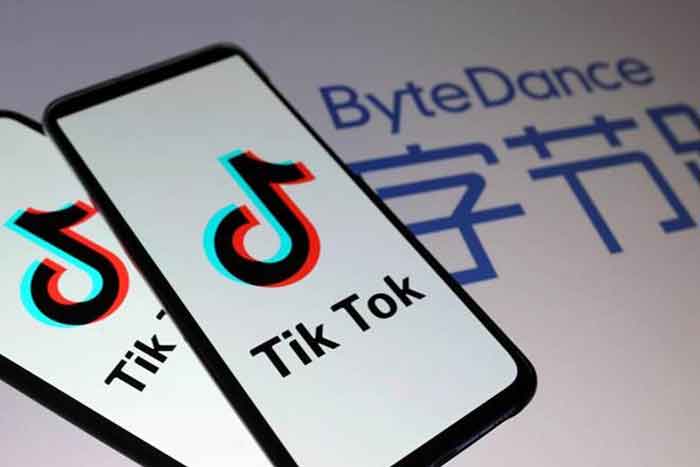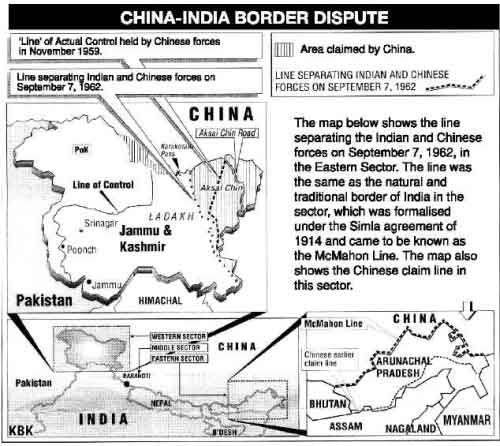
As a retaliatory measure consequent to ‘Galwan Valley’ aggression, the Government of India invoked Sec.69A of the Information Technology Act, 2000 and banned 59 smart phone applications which include the most popular ‘ TikTok’, ‘Cam Scanner’ etc. The reasons cited was that these apps pose threat to sovereignty and integrity of India as per credible inputs received by the government.
The Information Technology Act, 2000 was enacted pursuant to a resolution passed by the General Assembly of United Nations on 30th January, 1987 adopting the model law on electronic commerce adopted by the United Nations Commission on International Trade Law. The said resolution recommends that all States may enact laws in the light of the model law which was adopted by resolution for uniformity of the law applicable to alternatives paper based methods of communication and storage of information.
The Act was amended in the year 2009 introducing more particularly amongst other provisions Sec.66A and Sec.69A. The Sec.66A is a penal provision introduced penalising the acts of sending offensive messages. The Sec.69A(1) authorises the Central government to direct any agency of the government or any intermediary to block for access by the public, any information generated, transmitted, received, stored or posted in any computer source. However the Sec.69A (1) specifically mandates that before taking such an action, reasons have to be recorded in writing. Apart from stating that the apps pose a threat to sovereignty and integrity of India, material particulars in support of the same are to be stated in such orders. When the statute mandates that ‘reasons’ ought to be recorded, the order without material particulars would be arbitrary and in violation of principles of natural justice. The order should disclose a nexus between the programme contained in the application and the perceived threat to the integrity and sovereignty of the Country. The Apex Court has been reiterating the principle that reasons have to be stated in the order and the order should be passed in accordance with the procedure contained in the statute. If the order contains such particulars, the same would be legal and in consonance with the mandate contained under the said provision.
Article 66A of the Information Technology Act, 2000 which was brought in by way of amendment on 27.10.2009 was challenged before the Apex Court in the light of the fundamental right of free speech and expression guaranteed by Article 19(1)(a) of the Constitution of India in Shreya Singhal’s case. The original enactment did not contain the said provision. Along with the same the incorporation of Article 69A was also challenged.
The Apex Court had examined the said provision Sec.69A and held that unlike Sec.66A it is narrowly drawn provision with several safeguards. Sec.66A was struck down and the incorporation of Sec.69A was held to be constitutionally valid. The Apex Court had taken into consideration the safeguards provided under the said provision and in the light of the same upheld the said provision. The Apex court had held that any complaint made under Sec.69A (1) shall be examined by the concerned organisation and after being so satisfied shall transmit it to the designated officer and he shall take action. The procedure contained in the Rules with regard to the blocking of the information has been examined meticulously. During the said process, a notice has to be given to the affected person to submit his reply. Apex Court had also noticed Rule 9 which provides for blocking of information in cases of emergency where delay caused would be fatal in which case the blocking may take place without any opportunity of hearing.
Obviously the Rule confers power to block the information without affording an opportunity of hearing but it can be done only in cases of emergency where delay caused would be fatal. In such cases invariably the order also should reflect the reasons as to why the procedure to provide hearing is dispensed with. The order invariably should also reflect the emergency conditions which warrant passing of such an order.
Any order in breach of the aforesaid procedure may not be sustainable as per law. The Apex court has been reiterating that when a statute provides certain requirements, the authority is bound by the same while passing the order.
Invocation of the provisions of the Information Technology Act, 2000 would make the order amenable to judicial review. It would be incumbent upon the authority to comply with the procedure contained in the Act. The aggressive Acts of any country may not be a ground to block the business apps relating to the said country unless it is shown that there is nexus between the nature of information utilised or transmitted by the apps has nexus with the security and sovereignty of the country.
The Act No.42 of 1997 titled as the Defence of India Act, 1971 was enacted on 4th December, 1971. The main objective of the said Act was to provide for special measures to ensure the public safety and interest, defence of India, Civil defence and for the trial of certain offences and for matters connected therewith. Sec.2 (b) of the Act defines ‘enemy’ as any person or any country committing external aggression against India.
The ‘Galwan Valley’ incident is per-se an act of aggression within the said definition and China can be declared as an ‘enemy’. Chapter – II of the said Act relates to emergency powers. Sec.3 of the said Chapter confers power upon the Central government to frame Rules in relation to various aspects as contained in Sub Sec.2. The Central Government may frame rules in relation to preventing or prohibiting any contracts or commercial deals with enemy, enemy subjects or persons residing, carrying on business etc.
In the present circumstances the government may have power to treat China as an enemy and take action under the said Act which cannot be exposed to any judicial scrutiny. Once the provisions of the section are invoked and treat a particular country as an enemy, the same maynot be subjected to any judicial scrutiny for the reason that all the institutions should strive to maintain sovereignty of our country. The aggression act by itself would be a ground to issue any order without any further reasons. The aggressive act of China at ‘Galwan Valley’ may be cited and ban the apps. Apps would be banned not on the ground that there is any nexus between the functioning of the app and the internal security but on the ground that the country has been declared as an enemy. If such an order is challenged before the Apex Court, the Apex court would be testing the same only in the light of declaration that the apps originate from enemy State. But now if any challenge is made before the Apex Court regarding the banning of the apps, the Apex Court would be testing the order in the light of the parameters contained in Sec.69A of the Information Technology Act, 2000.
Chittarvu Raghu, Advocate, High Court’s of A.P. & T.S. Email: [email protected].
SIGN UP FOR COUNTERCURRENTS DAILY NEWSLETTER














































